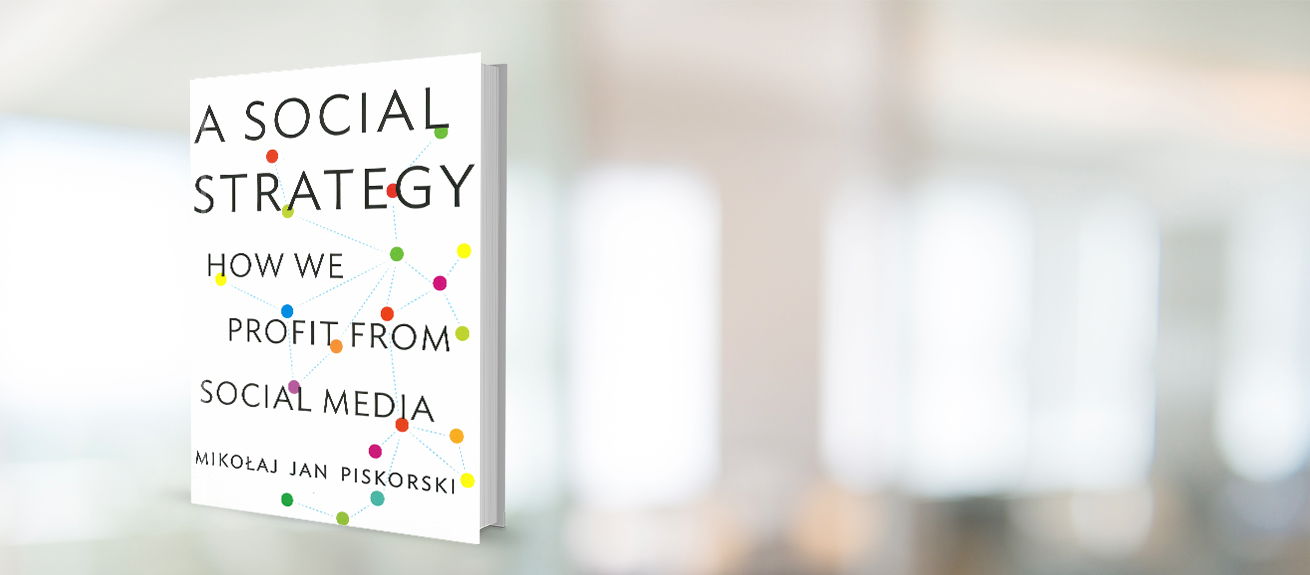

Misiek Piskorski
Professor of Digital Strategy, Analytics and Innovation and Dean of Executive Education
Mikołaj Jan Piskorski, also known as Misiek, is Professor of Digital Strategy, Analytics and Innovation and Dean of Executive Education, responsible for custom, open, advisory, talent, online, and coaching programs, impact measurement, publishing and marketing at IMD. He is an expert on digital strategy, platform strategy, and the process of digital business transformation. He works with companies in various industries across the globe to support them through digital transformation.
Piskorski aims to demystify digital transformation by taking this complex and complicated topic and distilling it down to its core principles, and to the five or six key decisions that companies need to take. The multilayered framework that he developed to help companies devise a digital transformation strategy consists of a series of easy to understand steps. This exercise is made more accessible by the use of cases to show how other companies have tackled the process. Companies come out at the end with a detailed strategy they can implement in full or in part.
My approach is like teaching people how to drive. A driving instructor explains what you need to do to drive a car and helps you while you are learning, but at the end of the process you can drive by yourself. Similarly, I show executives how to develop a digital transformation strategy, hold their hands while they try it out, and they are then able to implement it themselves.
One element of digital transformation is the use of social platforms, which Piskorski documented in his book A Social Strategy: How We Profit from Social Media, winner of the Axiom Business Book Awards gold medal in 2015. Backed by original research, case studies, and proprietary data from social media sites, the book provides insights on how companies can leverage social platforms to create a sustainable competitive advantage.
Piskorski uses his framework for digital transformation to help companies from a broad range of industries including financial services, automotive, manufacturing, and healthcare as they seek to tap into the opportunities offered by digitalization. He carries out a lot of work with senior teams, but specializes in transformations that span the entire organization. This approach typically embraces strategic advisory services to the CEO, strategic transformation projects, and business development with the top management team, executive education with middle managers, and online education with the rest of the organization.
At IMD, he leads custom programs for Johnson & Johnson, Telecom Malaysia, the Asian Development Bank, Bayer, SHV, and DNB. In addition, he is the Co-Director of the AI Strategy and Implementation (AISI) program.
Piskorski’s research has been published in Administrative Science Quarterly, the American Journal of Sociology, Harvard Business Review, Management Science, MIT Sloan Management Review, and Social Forces. He is also an associate editor at the Journal of Organizational Design, and has served on the editorial boards of several academic journals including the American Journal of Sociology, Administrative Science Quarterly, Management Science, and Organization Science.
Before joining IMD in 2014 he was Associate Professor of Business Administration at Harvard Business School and started his academic career as a faculty member at the Graduate School of Business at Stanford University.
Since Durkheim, sociologists have believed that dense network structures lead to fewer norm violations. Coleman (1990) proposed one mechanism generating this relationship and argued that dense netw...
This paper proposes that networks give actors a cover by giving them the excuse of sociability to engage in normatively prohibited market behaviors.¦I apply this hypothesis to actors in long-term e...






